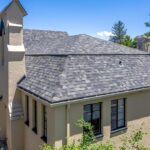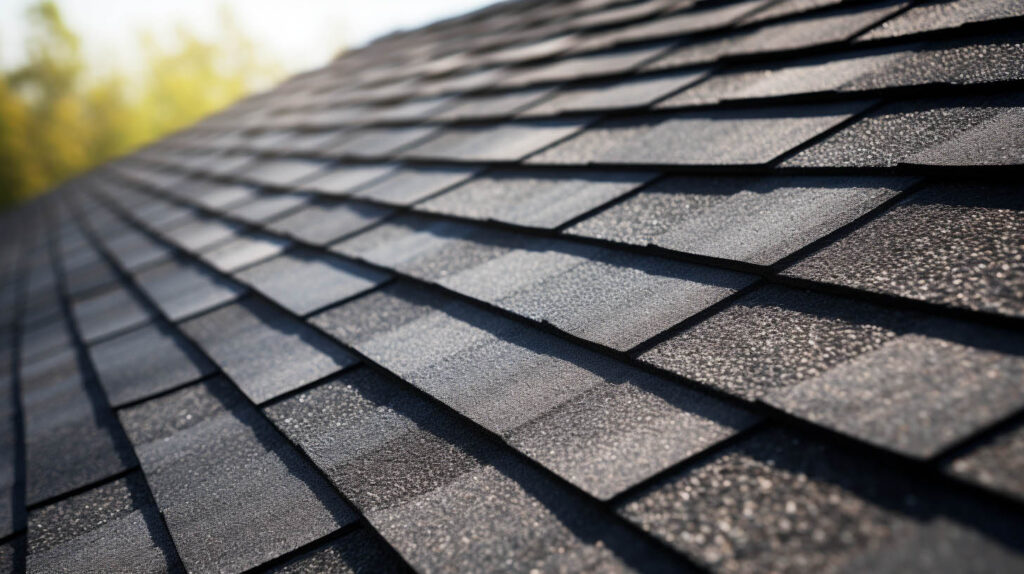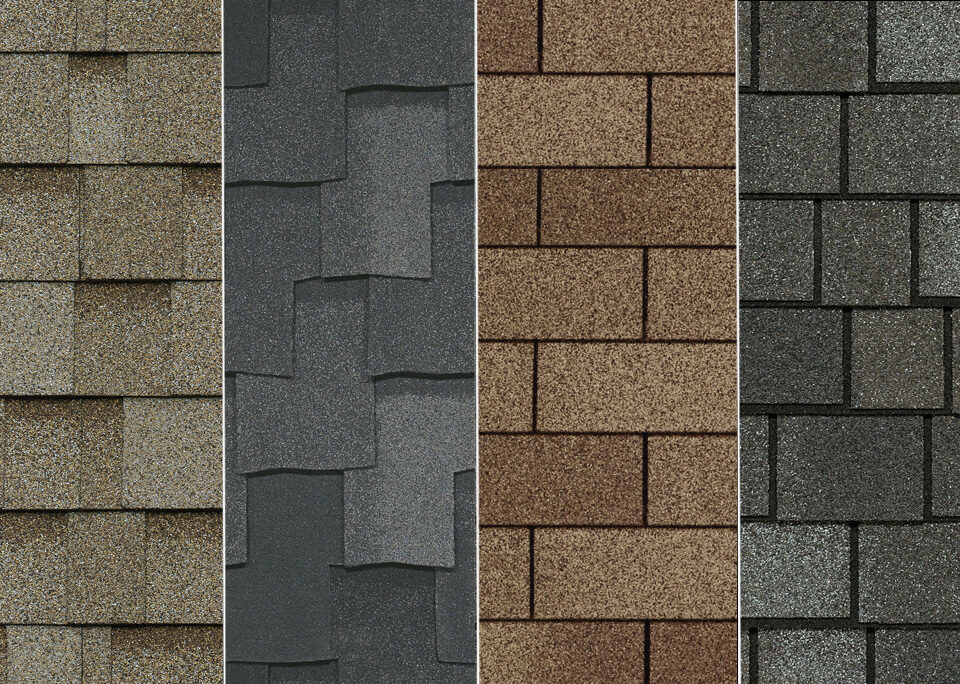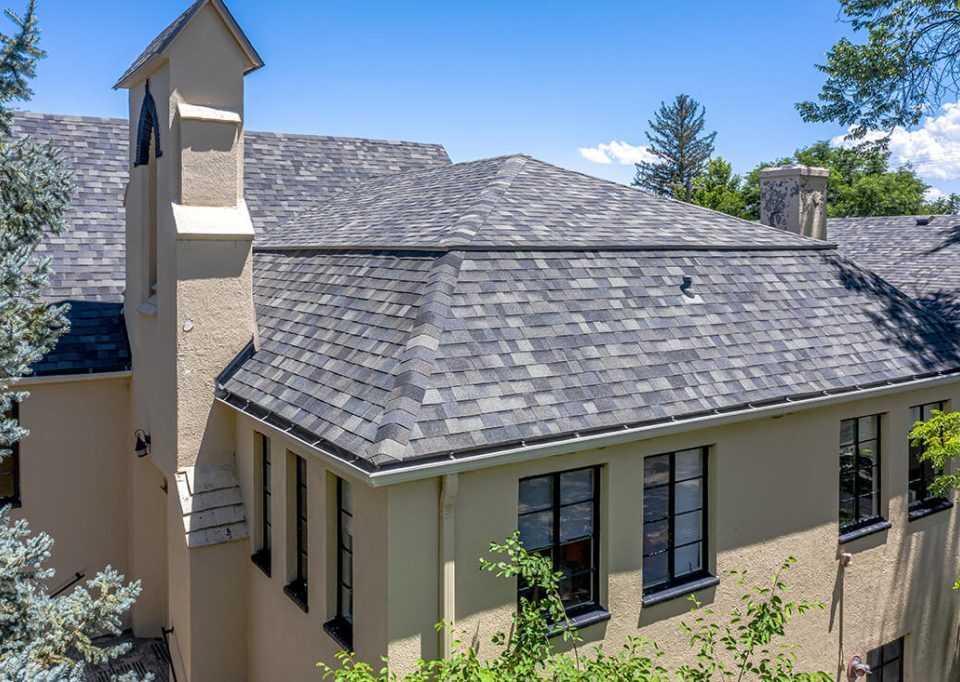
Specialty Hip and Ridge Cap Shingles for Enhanced Home Design
October 2, 2025
The Impact of Recycled Asphalt Shingles on Environmental Sustainability
October 2, 2025When homeowners choose a new roof, wind resistance is one of the most important factors to consider—especially in areas prone to storms, hurricanes, or heavy winds. Asphalt shingles remain the most popular roofing material in North America, but not all shingles are built the same. Architectural (also called dimensional or laminated) shingles and traditional 3-tab asphalt shingles differ significantly in strength, durability, and wind resistance.
This article compares the two shingle types, focusing on how well they withstand wind, so you can make an informed choice for your home.
Understanding the Two Types of Asphalt Shingles
Traditional (3-Tab) Asphalt Shingles
-
Lightweight and flat in design
-
Each shingle strip contains three cut-out tabs
-
Typically rated for 60–70 mph wind resistance
-
Lifespan: 15–20 years (on average)
-
Budget-friendly but less durable against extreme weather
Architectural (Dimensional) Shingles
-
Made with multiple asphalt layers for thickness
-
Heavier and more durable
-
Wind resistance rating: 110–130 mph, with some premium options rated up to 150 mph
-
Lifespan: 25–30 years (or more with premium products)
-
Higher upfront cost but better long-term performance
Wind Resistance: The Key Differences
1. Material Thickness and Weight
Architectural shingles are roughly 50% heavier than 3-tab shingles. This extra weight helps them resist being lifted or blown away by high winds.
2. Design and Sealant
-
3-tab shingles: Flat, uniform shape, which can catch wind at edges and peel back more easily.
-
Architectural shingles: Staggered design with strong adhesives and lamination that improve sealing and prevent wind uplift.
3. Wind Rating Comparisons
-
3-tab shingles: Commonly rated for winds up to 60 mph (equivalent to a tropical storm).
-
Architectural shingles: Rated for 110–130 mph (Category 3 hurricane level). With proper installation, some premium versions reach 150 mph.
Real-World Scenarios
Coastal Homes
Homes near coastlines face frequent storms and strong gusts. Architectural shingles are the safer choice, reducing the risk of storm-related roof damage.
Suburban Homes in Moderate Climates
3-tab shingles may be sufficient in areas with mild weather. However, if long-term value and fewer repairs matter, architectural shingles are still the superior investment.
Insurance Considerations
Some insurance providers may offer discounts for homes with high-wind-rated shingles, making architectural shingles even more cost-effective in storm-prone regions.
Cost vs. Value
-
3-tab shingles: Lower initial cost but higher long-term risk of repairs or premature replacement due to wind damage.
-
Architectural shingles: Higher initial investment but longer lifespan, better wind protection, and improved home resale value.
In terms of return on investment (ROI), architectural shingles outperform 3-tab shingles in windy or storm-prone areas.
Conclusion
When comparing wind resistance across architectural and traditional asphalt shingles, the difference is clear. Architectural shingles provide superior strength, sealing, and resistance to high winds, making them the preferred choice for homeowners who want long-term protection and peace of mind.
While 3-tab shingles remain an affordable option, they are best suited for regions with mild climates and limited exposure to storms. For areas with frequent windstorms, hurricanes, or unpredictable weather, architectural shingles are worth the investment.




